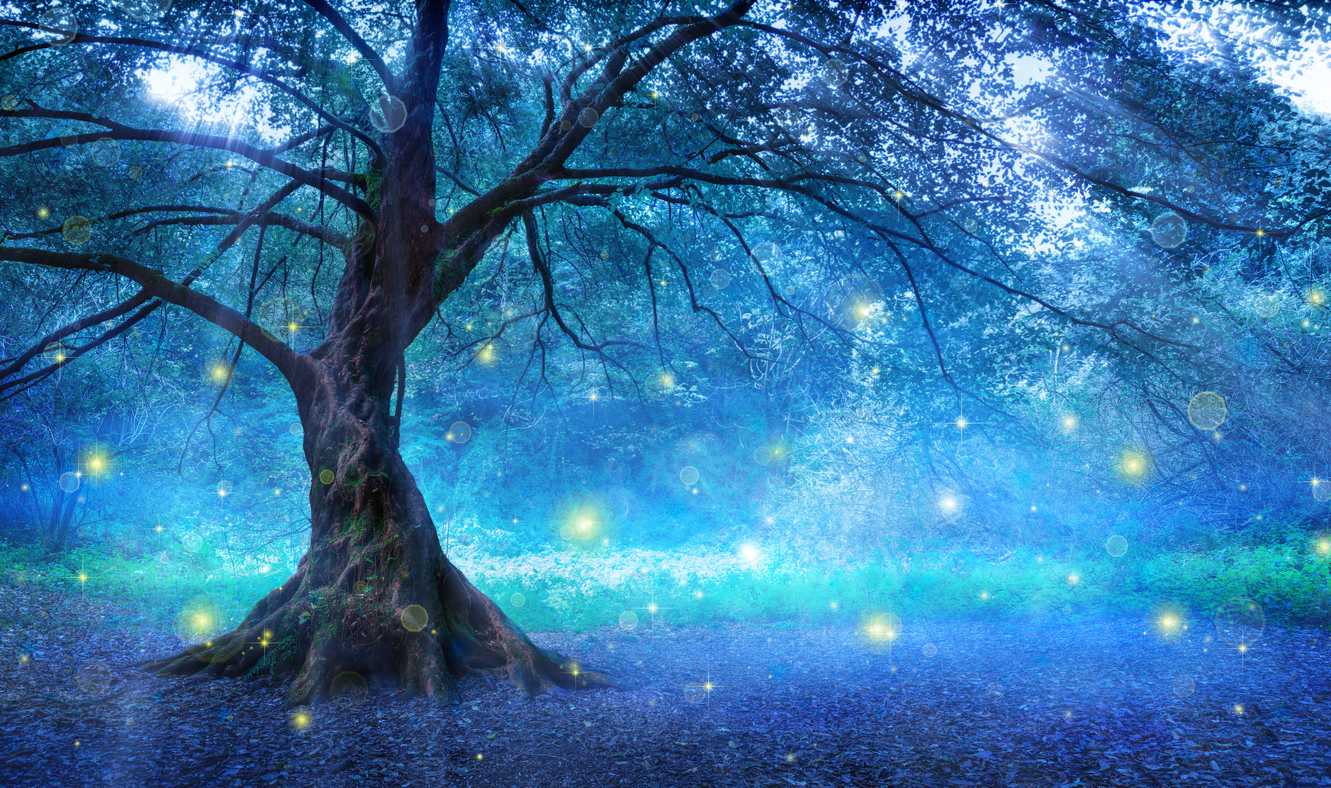Welcome to Synchronicity Publishing LLC ’s blog. This is a special blog to me because we are starting a series exploring archetypes. The term “archetype” came from ancient Greek. The root words are archein, which means “original or old” and typos which means “patterns, model or type.” Combining these means “original pattern” of all similar persons, objects or concepts that are copied or modeled in some form.
Carl Jung, one of my heroes, used the concept of archetype in his theory of human psyche. He believed that universal, mythic characters—archetypes—live within the collective unconscious of people all over the world.
There are many different archetypes; Jung defined twelve primary types that symbolize basic human motivations. Each type has its own set of values, meaning and personality traits. Jung tells us that people have several archetypes at play in the construct of their personality. But he is very clear that one archetype tends to dominate the personality in general. So I thought a series of exploring not only the 12 archetypes discussed by Carl Jung but also Joseph Campbell and his work in The Hero of A Thousand Faces would be not only interesting, but important for the work I am doing at this time.
As I started re-writing and creating my online writing courses, archetypes burst back into my consciousness. Years ago I studied Carl Jung and Joseph Campbell’s work in depth. So when I created a publishing company over twenty years ago I called it Synchronicity Publishing. Carl Jung coined the term “synchronicity.” It means meaningful coincidences that happen in your life and communication from the universe.
So let’s begin. The 1st of Carl Jung’s archetypes has a variety of labels, but the meanings are all the same. The Mystic, Innocent, Traditionalist, Saint, Dreamer or Romantic follows the motto “Free to be you and me.” Their goal is to be happy and they are aiming to get to paradise (whatever their version of that is). Being punished for doing something bad or wrong scares them. They navigate the world trying to do things right. Some people find them boring because of their naive innocence. They have deep faith and buoyant optimism.
The 2nd archetype is called the Realist, the Orphan, the Regular Person, the Good Neighbor or the Silent Majority. Whatever you call this archetype their “motto” is “All men and women are created equal.” They want to belong. They love connecting with others. They really do not want to stand out in anyway in the crowd. This archetype is down to earth and works on ordinary solid virtues. Their greatest strengths or talents are empathy and realism. They should avoid losing themselves in their effort to blend in or for the sake of relationships.
The next archetype is known as the Warrior, the Hero, Crusader, Rescuer, Superhero, Soldier or Dragon Slayer. They are competent and courageous. They believe “where there is a will, there is a way.” Proving their worth is a deep desire in their psyche. They strive to become a master of something that improves the world. Often their greatest fear is being weak in some way. So they navigate life in a way to be as strong and competent as they can. Sometimes the dark aspects of this archetype shows up as arrogance and always needing another battle to fight.
The next interesting archetype is known as the Saint, the Caregiver, Helper, Parent or Altruist. Their motto is “love your neighbor as yourself.” They want to protect and care for others. They have a basic goal that runs through all of their actions—to help others. So they basically do that consistently in many ways. They fear becoming selfish or ungrateful in their lives. They are generous and compassionate. They need to not let themselves become martyrs or to be exploited.
Joseph Campbell’s archetypes developed over a period of years and he explored them deeply in The Hero of a Thousand Faces. He shared a specific formula that stories—even thousands of years old and in a variety of cultures —had common parts. This formula is called a mythic structure or the Hero’s Journey. A modern version of this structure would be Harry Potter and Star Wars.
What archetypes really do is tell us the role a character plays in the story. Joseph Campbell’s archetypes fall into eight categories for the most part. These archetypes are : Hero, Mentor, Ally, Herold, Trickster, Guardian and Shadow. We will explore all of these along with Carl Jung’s archetypes in the next few blogs of this new series.
Blessings, Patricia

